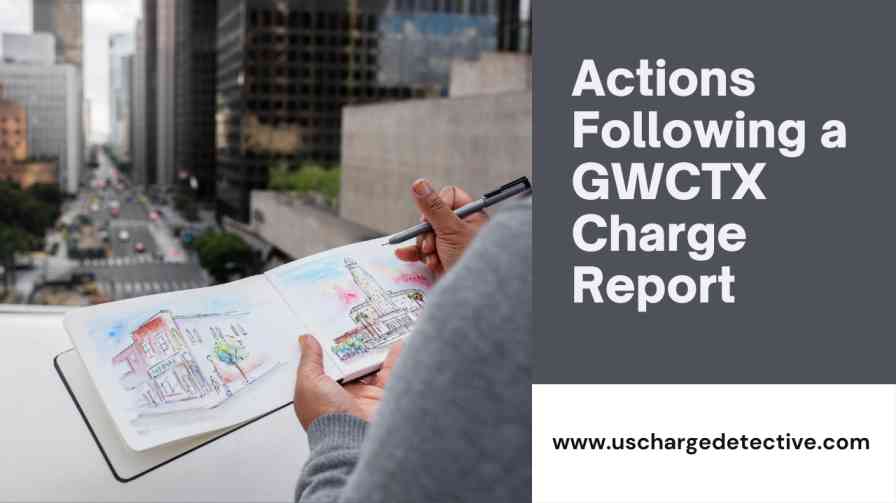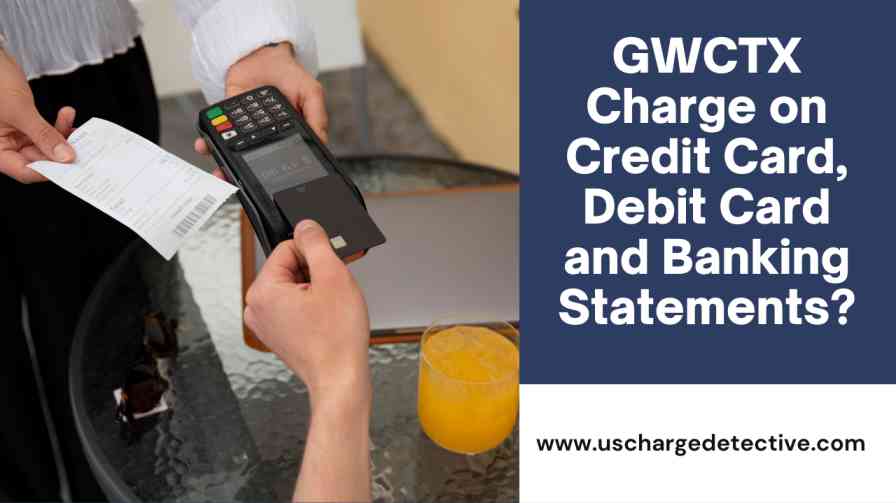introduction
Have you ever looked at your credit card or bank statement and found a charge marked “GWCTX” confusing? You aren’t by yourself. Regularly finding strange transaction numbers on their financial statements, many people become confused and worried. Still, should you be concerned about this charge? What exactly is it? We will go over in this post the meaning of the GWCTX charge, where it comes from, and what actions you should take should you believe it to be an error or unauthorized.
Must Read: What is Dynamix Medical or Dynamix Total Products Charge on My Credit Card?
Calculate the GWCTX Charge here
Usually showing up on credit card, debit card, or banking statements, the “GWCTX” charge is a mystery code. Usually, it indicates a transaction handled by a smaller business or a third-party vendor. Usually not recognizing this code, people become rather alarmed when they view it. GWCTX isn’t always connected to dishonest behavior, though; occasionally it may be related to a valid transaction.
From where comes the GWCTX Charge?
Transactions tagged “GWCTX” could originate from several vendors, usually connected to subscription-based or online services. Usually, these fees result from businesses handling payments using outside third-party processors. Remember too that many respectable companies effectively handle payments using such techniques.
Is the GWCTX charge unauthorized?
Seeing a code like GWCTX on your bill does not inevitably indicate that charge is illegal or fraudulent. It could just be a purchase you made that labels something differently than you anticipated. Confusion comes, for instance, from some companies utilizing different processing names than their store names. Still, you should look further if you are confident you did not approve the charge.
Common Reasons You Might See GWCTX on Your Statement
Why may GWCTX show up here? These are a few typical causes:
- Membership programs: Many subscription services—especially those related to digital content—may rely on outside processors.
- Trial offers: registered for a trial without charge? Should it automatically renew without your knowledge, the renewal could show as a GWCTX charge.
- Internet buying: While handling payments, several online stores or platforms employ separate billing names.
Action to Take Should You Not Identify the Charge
Should you not identify the GWCTX charge on your bill, first look at recent transactions or subscriptions. Go over your email looking for confirmatory emails matching the charge amount or receipts. The GWCTX code could be just a strange way the vendor marked your purchase.
How should one report an unusual GWCTX charge?
It’s time to get in touch with your bank or card issuer if, following investigation, you still can’t connect the charge to any of your most recent purchases. Most banks provide a helpline or a separate fraud department for documenting unrecorded transactions. Be ready to include specifics about the charge, including the amount, date, and any other identifying information.
Could You Challenge the GWCTX Charge?
If you feel a GWCTX charge is illegal, you can contest it. Your card issuer or bank will probably freeze the amount in question while they look at the matter when you get in touch. Usually, this method entails presenting supporting data, such proof of authorized transactions occurring concurrently.
Actions Following a GWCTX Charge Report

Add Your Heading Text Here
Following your reporting of the GWCTX charge, here is what to expect:
- Reversing a temporary charge: The bank could temporarily reverse the charge in order to investigate.
- Search: To confirm its validity, the bank or credit card company would probably get in touch with the seller linked with the charge.
- resolution: Should the charge prove to be illegal, it will be permanently revoked and your card issuer may send a new card.
Stopping Unidentified Charges for Tomorrow
Think about the following to prevent unrecognized charges down the road:
- Track your purchases: Jot down your subscriptions and purchases. Create reminders to prevent unanticipated expenditures when free trials end.
- Utilize alarms: Transaction alerts—which let you know each time a charge is made to your account—are provided by many institutions. This will enable you to rapidly identify unusual activity.
- Check review statements often: Review your records not wait for the end of the month. Regular monitoring can help to identify problems early on.
Should a GWCTX charge show up on your card, should you cancel it?
Not particularly. Should the transaction prove to be valid, deactivating your card could cause unneeded trouble. Better still, wait until you have finished the dispute process and reported the problem. Should the bank or card issuer discover a fraudulent charge, they usually will cancel the current card and replace a new one.
Resolving a GWCTX dispute takes what length of time?
Dealing with a disagreement over a GWCTX charge can take different times. Usually, banks look at and resolve such conflicts over 10 to 45 days. They might get in touch you during this period for updates and further information.
Guarding Against Deceptions Charges
Preventing illegal or fraudulent charges like GWCTX calls for preventive actions:
- For all of your online accounts, use strong, distinctive passwords.
- Check your accounts often and program alerts for purchases.
- Use free trials or subscription services carefully; always be sure they renew.
Often asked questions
1. On my credit card, what is GWCTX?
A purchase made through a third-party vendor may be represented by the transaction code GWCTX. It could be authorised or illegal.
2. From whence can I learn the GWCTX charge originated?
Examining recent purchases, subscriptions, or calling your bank for further information will help you find the charge’s source.
3. Is GWCTX constantly false?
Not usually, no. GWCTX is sometimes just a misleading moniker for a good buy. If you can’t identify it, though, you ought to look into it.
4. Would a GWCTX charge allow me a refund?
Your bank will usually provide a refund or reverse the charge if the charge is questioned successfully or unauthorised.
5. How may I prevent future GWCTX charges?
Frequent account monitoring, use transaction notifications, and cautious subscription and free trial management help to prevent illegal charges.
Conclusion
Though it can be concerning, the presence of a GWCTX charge on your credit card, debit card, or banking statement is not usually a reason for panic. Under attentive observation, quick response, and the above-described actions, you can ascertain if the charge is authentic or fake fast. Protecting your financial situation best comes from being proactive and educated.
Must Read: What is EQUINOX MOTO Charge on Banking Statement?
